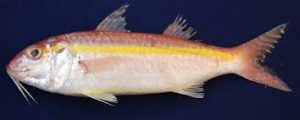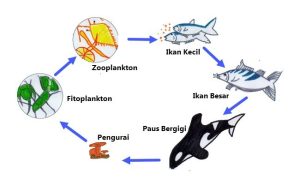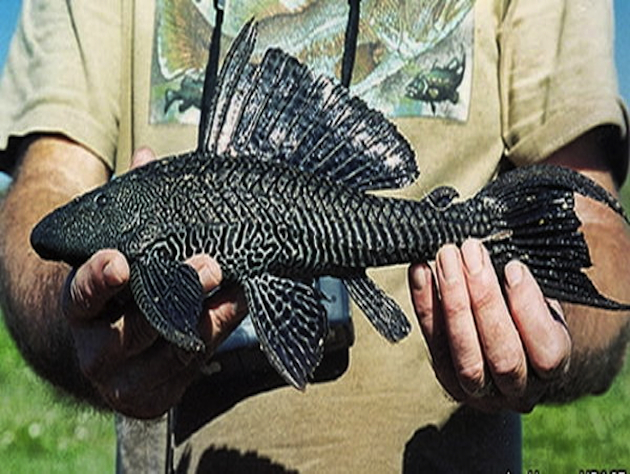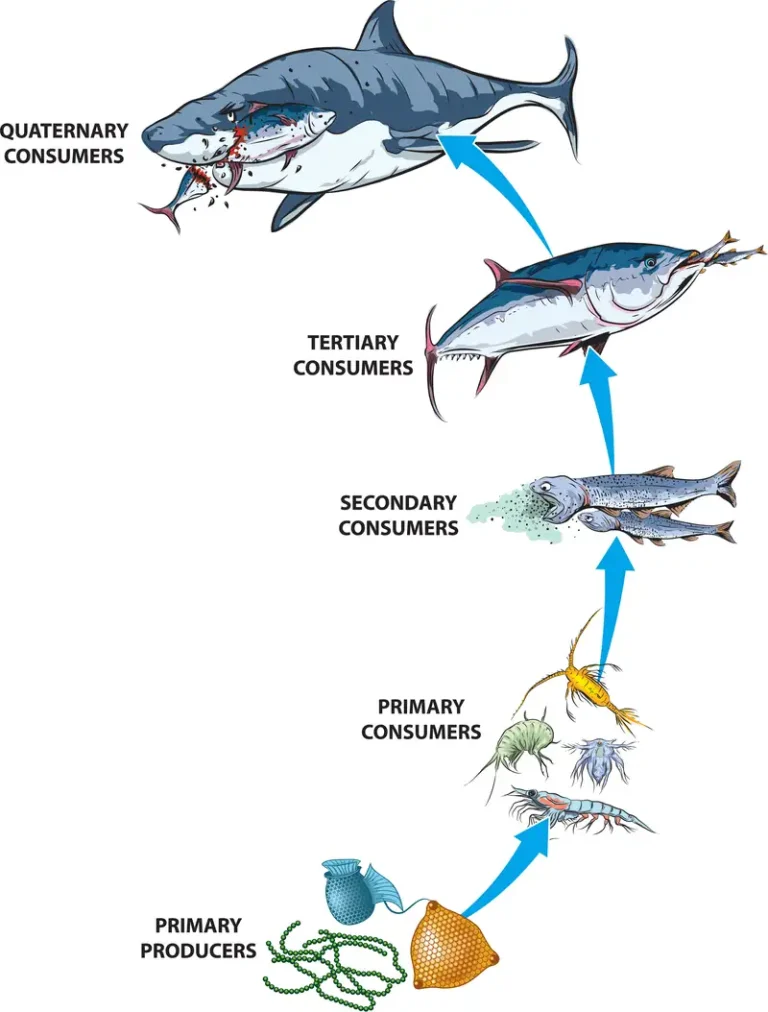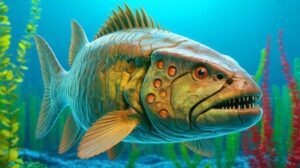Armorhead catfish, also known as the Panaque or Loricariidae, are a unique species of catfish found in the freshwater rivers and streams of South America. These fascinating creatures are known for their armored bodies and distinctive appearance, making them a popular choice among aquarists. In this article, we will explore the physical characteristics, habitat, behavior, and conservation status of the armorhead catfish.
Physical Characteristics of Armorhead Catfish
Armorhead catfish are easily identified by their armored bodies, which are covered in bony plates that provide protection from predators. They have large, flat heads with strong jaws that are used for feeding on algae and plant matter. Their bodies are typically dark brown or black in color, with lighter colored spots or stripes along their sides. These catfish can grow up to 12 inches in length, making them a medium-sized species.
Habitat and Distribution of Armorhead Catfish
Armorhead catfish are native to the Amazon River basin in South America, where they can be found in slow-moving rivers, streams, and flooded forests. They prefer areas with plenty of vegetation and hiding spots, as they are primarily herbivorous and feed on algae and plant material. These catfish are also known to inhabit caves and crevices in the riverbed, where they can seek shelter from predators.
Behavior and Diet of Armorhead Catfish
Armorhead catfish are nocturnal creatures, meaning they are most active during the night. During the day, they can be found resting in caves or under rocks, where they are less likely to be seen by predators. These catfish are herbivorous, feeding primarily on algae, plant matter, and detritus. They use their strong jaws and specialized teeth to scrape algae off rocks and other surfaces in the river.
Reproduction and Lifecycle of Armorhead Catfish
Armorhead catfish are known to be cavity breeders, meaning they lay their eggs in hidden cavities or crevices in the river. The male catfish will guard the eggs until they hatch, which typically takes a few days. Once the eggs hatch, the young catfish will stay close to their father for protection and guidance. As they grow, they will eventually venture out on their own and establish their own territories in the river.
Threats and Conservation Status of Armorhead Catfish
Despite their unique appearance and importance in the ecosystem, armorhead catfish are facing threats from habitat destruction, pollution, and overfishing. Their populations have declined in recent years due to these threats, leading to concerns about their conservation status. Efforts are being made to protect their habitats and regulate fishing practices to ensure the survival of this species in the wild.
Interesting Facts About Armorhead Catfish
- Armorhead catfish are known for their ability to consume wood, which helps them digest tough plant material.
- These catfish have specialized teeth that are adapted for scraping algae off rocks and other surfaces.
- Armorhead catfish are skilled at camouflage, blending in with their surroundings to avoid predators.
- Some species of armorhead catfish are highly sought after by aquarists for their unique appearance and behavior.
- These catfish have a slow growth rate, taking several years to reach maturity and reproduce.
- Armorhead catfish are an important part of the ecosystem, contributing to nutrient cycling and maintaining the balance of aquatic habitats.
Importance of Armorhead Catfish in Ecosystems
Armorhead catfish play a crucial role in the ecosystem as herbivores, helping to control algae growth and maintain water quality in their habitats. By feeding on algae and plant material, they help to prevent overgrowth and promote a healthy balance of nutrients in the river. These catfish also serve as prey for larger predators, contributing to the food chain and supporting the biodiversity of the ecosystem.
Interaction with Humans
Armorhead catfish are popular among aquarists for their unique appearance and behavior, making them a sought-after species in the aquarium trade. However, their popularity has also led to concerns about overfishing and the impact on wild populations. It is important for aquarists to source armorhead catfish from sustainable sources and avoid purchasing specimens that have been illegally harvested from the wild.
Future Research and Conservation Efforts for Armorhead Catfish
As the threats facing armorhead catfish continue to grow, it is crucial to invest in research and conservation efforts to protect this species for future generations. By studying their behavior, habitat requirements, and population trends, scientists can develop effective conservation strategies to safeguard their survival in the wild. Collaborative efforts between governments, conservation organizations, and local communities are essential to ensure the long-term protection of armorhead catfish and their habitats.
In conclusion, armorhead catfish are a fascinating species with unique physical characteristics and important ecological roles in their freshwater habitats. By raising awareness about the threats facing this species and taking action to protect their habitats, we can ensure the continued survival of armorhead catfish for generations to come. It is up to all of us to work together to conserve and protect these remarkable creatures and the ecosystems they call home.


